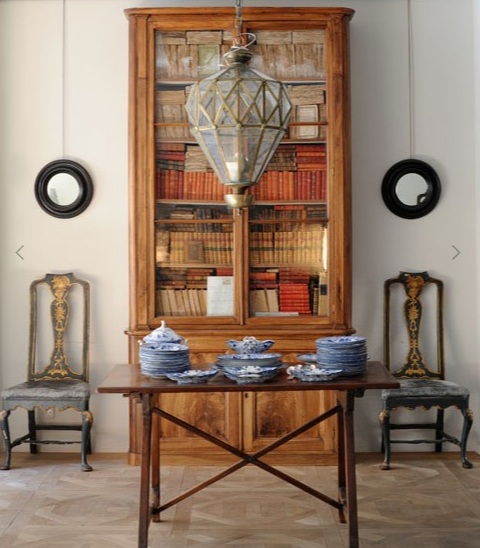When it comes to home renovations, the bathroom often stands out as one of the most important spaces to consider. Not only is it a place for personal hygiene, but it can also provide a luxurious retreat for relaxation. Whether you’re remodeling an existing bathroom or creating a new one, understanding interior design principles and specifications is essential. Here’s a comprehensive guide to help you through the process.
1. Define Your Style
Before diving into the details, it’s crucial to establish your design style. Do you prefer modern minimalism, classic elegance, bohemian charm, or rustic warmth? Take inspiration from magazines, online platforms like Pinterest, or interior design blogs to gather ideas. Once you have a clear vision, you can move forward with your design.
2. Layout and Functionality
The layout of your bathroom significantly impacts its functionality and aesthetics. Consider the following:
Space Efficiency: Optimize your layout based on available space; a small bathroom may benefit from a corner sink or compact fixture choices.
Flow and Accessibility: Ensure that the arrangement allows for easy movement. Keep frequently-used items within reach while maximizing the available floor space.
Zoning Areas: If space allows, consider creating distinct zones for the shower, bathtub, and toilet. This can enhance privacy and functionality.
3. Selection of Fixtures
The fixtures you choose will play a significant role in defining your bathroom’s overall look. Consider the following key elements:
Vanities: Choose a vanity that complements your style—a floating vanity offers a modern aesthetic, while a traditional one might feature decorative legs or ornate designs.
Sinks: Options include undermount, vessel, pedestal, or integrated sinks. Each style contributes differently to the visual appeal.
Toilets: Water-efficient models are not only eco-friendly but also help reduce water bills. Opt for a sleek, compact design for smaller spaces.
Showers and Tubs: Decide between a standalone tub, a shower, or a combination. Luxury features such as rainfall showerheads, body jets, and freestanding tubs can elevate your space.
4. Material and Finish Choices
Select materials that are both beautiful and functional. Some key considerations include:
Countertops: Quartz and granite offer durability and a variety of aesthetic options, while laminate can provide a budget-friendly alternative.
Flooring: Porcelain or ceramic tiles are popular for their water resistance, while luxury vinyl tiles can provide a warmer feel. Ensure the flooring has slip-resistant properties for safety.
Wall Treatments: Paint and tiles can both enhance the look of your bathroom. Consider moisture-resistant paint or ceramic tiles for added durability.
5. Lighting Design
Lighting is crucial in a bathroom, where you need both functionality and ambiance. Consider these options:
Task Lighting: Install sconces on either side of the mirror for a flattering light source, essential for grooming tasks.
Ambient Lighting: Use recessed lights or ceiling fixtures to create a warm, inviting atmosphere.
Accent Lighting: Highlight architectural features or decorative elements with LED strips or spotlights.
6. Color Palette
Choose a color palette that reflects your style and enhances the size of the bathroom. Lighter hues can make a small space feel larger, while bold colors can evoke a sense of drama. Popular choices include soft whites, calming blues, and earthy tones.
7. Storage Solutions
Effective storage is key to maintaining a clean and organized bathroom. Incorporate:
Built-in Shelving: This can save space while providing ample room for toiletries and decor.
Under-Sink Cabinets: These can help conceal plumbing and maximize storage while maintaining a sleek look.
Vertical Storage: Use wall-mounted cabinets or cubbies to draw the eye upward and make use of vertical space.
8. Personal Touches
Finally, infuse your personality into the design with decorative elements such as:
Artwork: Hang water-resistant art or photos that evoke a sense of calm.
Plants: Incorporate indoor plants that thrive in moisture-rich environments to add a pop of color and improve air quality.
Accessories: Choose towels, mats, and decor pieces that coordinate with your overall color scheme and style.
Conclusion
Designing a bathroom that reflects your style while meeting functional needs is an exciting journey. By considering layout, selecting quality fixtures and materials, creating appropriate lighting, and adding personal touches, you can transform your bathroom into a serene, stylish oasis. Whether you are undertaking a full remodel or simply updating a few elements, this guide can help you create a space that you will enjoy for years to come.
Feel free to reach out with any questions about bathroom specifications or design!


